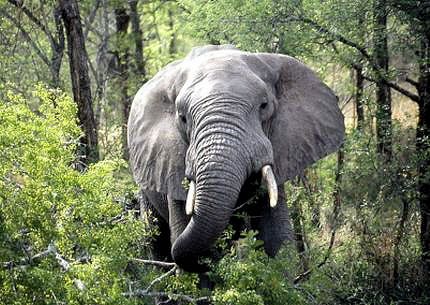-
 Asian black bear
Asian black bear
-
 Elongated facies
Elongated facies
-
 Tumour antigen
Tumour antigen
-
 Heatwave
Heatwave
-
 Crenellation
Crenellation
-
 Coralloid
Coralloid
-
 Rorqual
Rorqual
-
 VDSL 2
VDSL 2
-
 Chirality
Chirality
-
 Kleptoplasty
Kleptoplasty
-
 Rectrice
Rectrice
-
 Terrestrial time
Terrestrial time
-
 Anxiolytic
Anxiolytic
-
 Stamping
Stamping
-
 CMOS
CMOS
-
 HMAC
HMAC
-
 Biosphere reserve
Biosphere reserve
-
 Thale cress
Thale cress
-
 Systematic
Systematic
-
 VOD
VOD
-
 Pegasus
Pegasus
-
 Granodiorite
Granodiorite
-
 Aspirin
Aspirin
-
 Body Mass Index
Body Mass Index
-
 Jitter
Jitter
-
 CHILL
CHILL
-
 Confidentiality
Confidentiality
-
 Plasma
Plasma
-
 Celestial equator
Celestial equator
-
 SARS-CoV
SARS-CoV
Homeotherm
A homeothermic organism has a generally constant internal temperature. Other organisms are called poikilotherms, or, for the sake of consistency, heterotherms. Only birds and mammals are true homeotherms, for they are also endotherms (they use an internal heat source) and their temperature is regulated. They are called " warm-blooded ".
The difference between poikilotherms and homeotherms is not as clear as it seems to be. Some homeotherms (such as the hedgehog or young black swift) can let their body temperature drop, and some poikilotherms (such as tuna) can warm their body.
The difference between poikilotherms and endotherms should not be confused with the difference between endotherms and ectotherms. The heat source of an ectothermic organism comes exclusively or almost exclusively from the exterior. Its internal temperature is therefore the same temperature as the surrounding environment.
Fish are not far from being homeotherms when the water temperature varies little. A poikilothermic animal can also be an endotherm. Even if its body temperature varies, it can, in fact, remain higher than that of the surrounding environment.
In animals, behavioural strategies can compensate for the absence of internal regulation. Beehives and termite mounds are thermoregulated by bees and termites. A lizard understands how to take advantage of the sun's warmth or, conversely, the cool shade.
 Only birds and mammals are true homeotherms. Credits: DR.
Only birds and mammals are true homeotherms. Credits: DR.
Latest
Fill out my online form.



